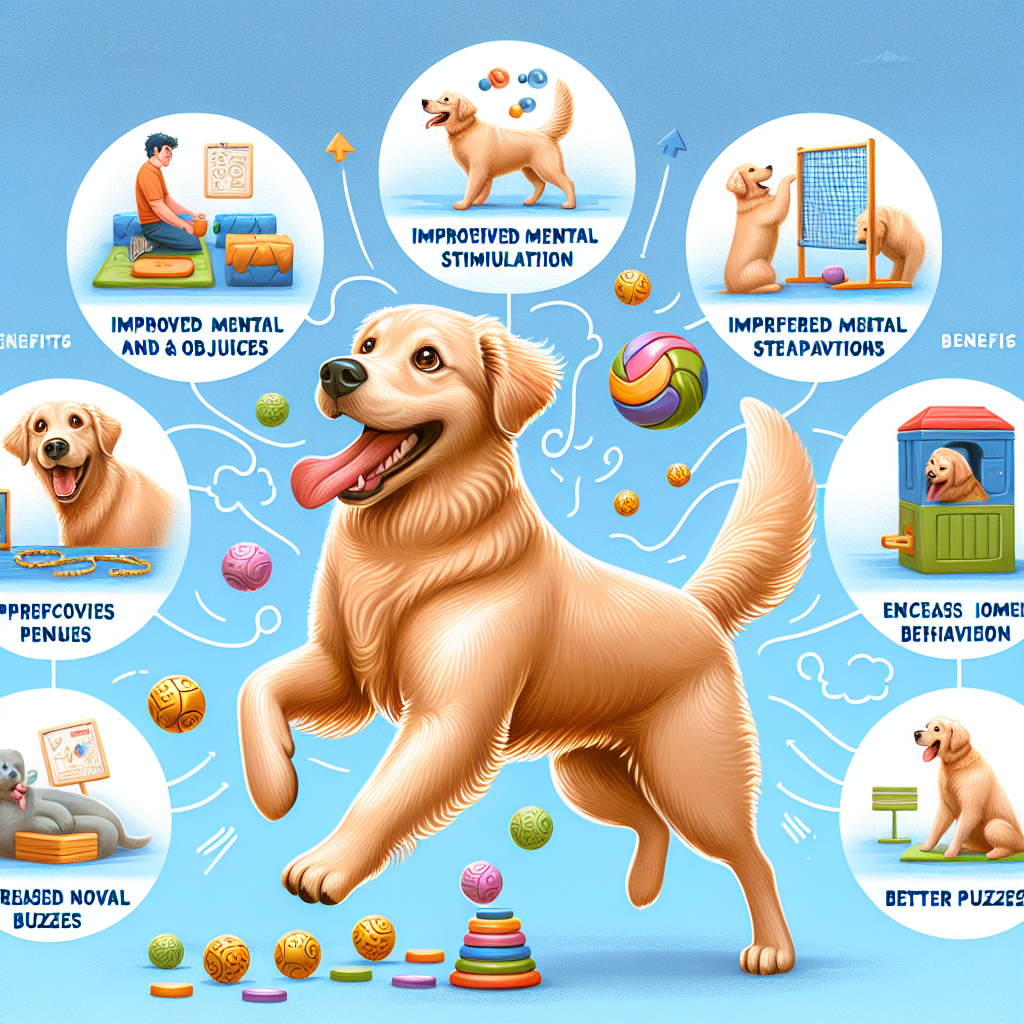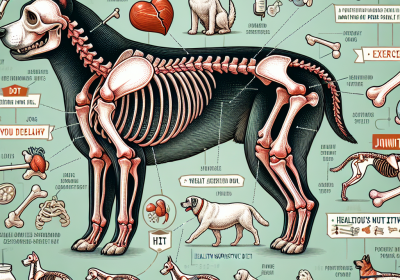Benefits of Canine Freework for Dogs
Table of Contents
Canine Freework is an innovative and enriching activity designed to enhance the physical and mental well-being of dogs. This practice involves allowing dogs to explore and interact with their environment in a natural and unstructured manner, promoting a range of benefits that contribute to their overall health and happiness. By engaging in Canine Freework, dogs experience increased mental stimulation, improved physical fitness, and enhanced sensory development. Additionally, this activity fosters a stronger bond between dogs and their owners, as it encourages mutual trust and understanding. Overall, Canine Freework is a valuable tool for promoting a balanced and fulfilling life for our canine companions.
Strengthening the Human-Dog Bond via Canine Freework
Canine Freework, an innovative approach to dog training and enrichment, has been gaining traction among pet owners and trainers alike. This method emphasizes allowing dogs to explore their environment freely, engaging their senses and instincts in a controlled yet unstructured manner. By doing so, it not only provides mental and physical stimulation for the dog but also fosters a deeper connection between the dog and its owner. The benefits of Canine Freework extend beyond mere entertainment, offering a multitude of advantages that contribute to the overall well-being of both the dog and the human-dog relationship.
One of the primary benefits of Canine Freework is the enhancement of the dog’s mental health. Traditional training methods often focus on obedience and specific tasks, which, while important, can sometimes limit a dog’s natural curiosity and problem-solving abilities. Canine Freework, on the other hand, encourages dogs to use their senses to explore and interact with their surroundings. This sensory engagement can reduce stress and anxiety, as it allows dogs to express their natural behaviors in a safe and controlled environment. Consequently, dogs that participate in Canine Freework tend to exhibit fewer behavioral issues, such as excessive barking or destructive chewing, which are often manifestations of boredom or anxiety.
In addition to mental stimulation, Canine Freework provides significant physical benefits. The activities involved in this method, such as sniffing, climbing, and navigating various obstacles, promote physical exercise and agility. This is particularly beneficial for dogs that may not get enough physical activity through regular walks or playtime. By incorporating a variety of movements and challenges, Canine Freework helps to improve a dog’s overall fitness and coordination. Moreover, the physical exertion involved can lead to better sleep patterns and a more relaxed demeanor, further contributing to the dog’s overall health.
The human-dog bond is another critical aspect that is strengthened through Canine Freework. Traditional training often places the owner in a position of authority, which can sometimes create a hierarchical dynamic. While this is necessary for establishing boundaries and ensuring safety, it can also limit the opportunities for mutual enjoyment and cooperation. Canine Freework, however, shifts the focus from command-based interactions to shared experiences. By participating in these activities together, owners and their dogs can develop a more collaborative and trusting relationship. This mutual engagement fosters a sense of companionship and understanding, as both parties learn to communicate and respond to each other’s cues more effectively.
Furthermore, Canine Freework can be particularly beneficial for dogs with specific needs or challenges. For instance, rescue dogs or those with a history of trauma may find traditional training methods stressful or overwhelming. The unstructured nature of Canine Freework allows these dogs to explore at their own pace, building confidence and resilience over time. Similarly, older dogs or those with physical limitations can benefit from the adaptable nature of these activities, which can be tailored to suit their individual capabilities.
In conclusion, Canine Freework offers a holistic approach to dog training and enrichment that benefits both the dog and its owner. By promoting mental and physical well-being, reducing stress and anxiety, and fostering a deeper human-dog bond, this method provides a comprehensive framework for enhancing the quality of life for our canine companions. As more pet owners and trainers recognize the value of this approach, Canine Freework is poised to become an integral part of modern dog care and training practices.

Read more about Canine Freework
What is Canine Freework?
– The Definition of Canine Freework
– Benefits of Canine Freework for Dogs
– History of Canine Freework
– Different Types of Canine Freework
– How to Get Started with Canine Freework









